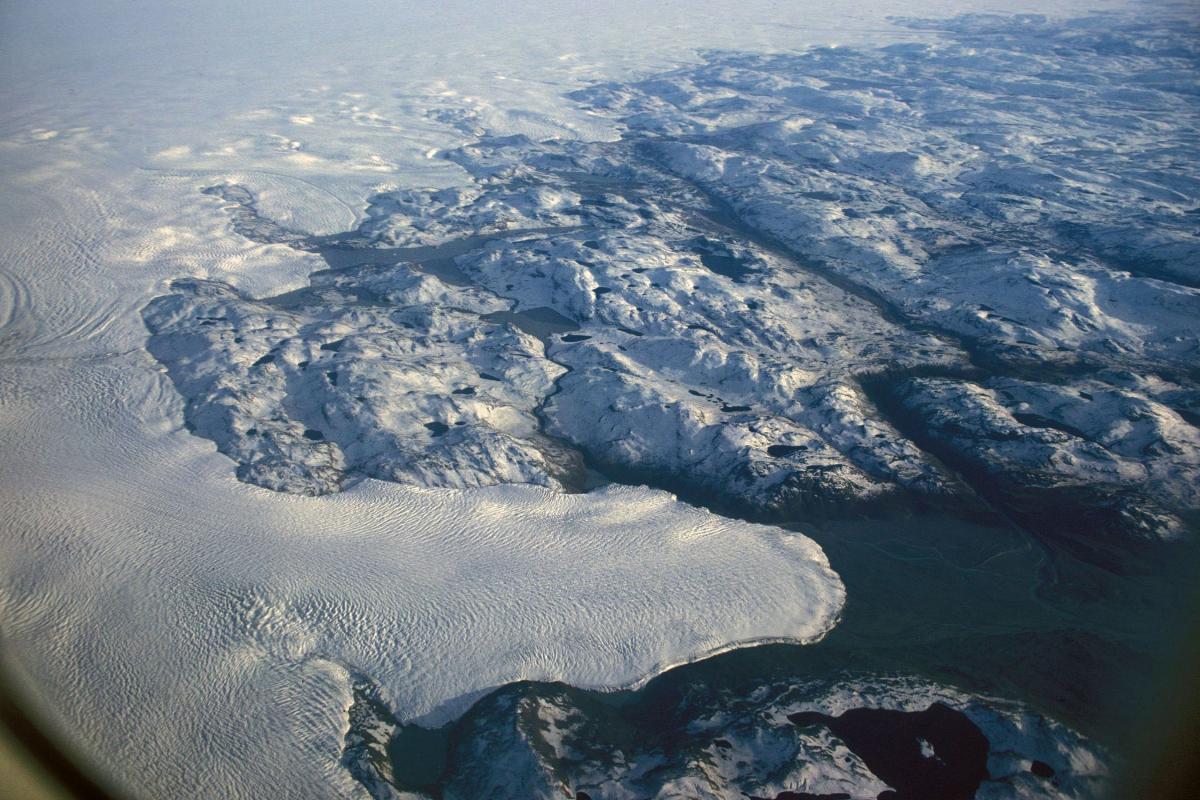D: I’m worried about Greenland’s ice sheet, Yaël. It’s melting due to global climate change, and this melting may become the biggest single contributor to rising sea levels in this century. The ice sheet is enormous. It’s seven times bigger than the United Kingdom and almost two miles thick in places. If it all melted, sea levels would rise 23 feet (7 meters). Even a small increase in the rate of melting, over the decades, could threaten the homes of hundreds of millions of people living in coastal areas.
Y: Researchers are worried too, Don. Greenland’s ice sheet is carefully monitored from space by NASA and the European Space Agency satellites. Images taken by the satellites indicate movements of the ice and the prevalence of pools of water on the glacier produced by melting ice. Airborne radar is used to measure the thickness of the ice.
D: So what do they know about the rate of melting?
Y: At the end of 2019 an international team of ninety-six polar scientists published their assessment, and the news isn’t good. Using the satellite data, researchers found that the ice is melting seven times faster than it was back in the nineteen-nineties. Between 2013 and 2017, the rate was two hundred seventeen billion tons of ice lost per year.
D: Are these rates worse than expected?
Y: Yes, they are. The Intergovernmental Panel on Climate Change is an international group of climate scientists formed to make projections about the climate crisis for the United Nations. The rates of melting exceed those predicted as most likely in the panel’s previous reports. We should be very concerned.









